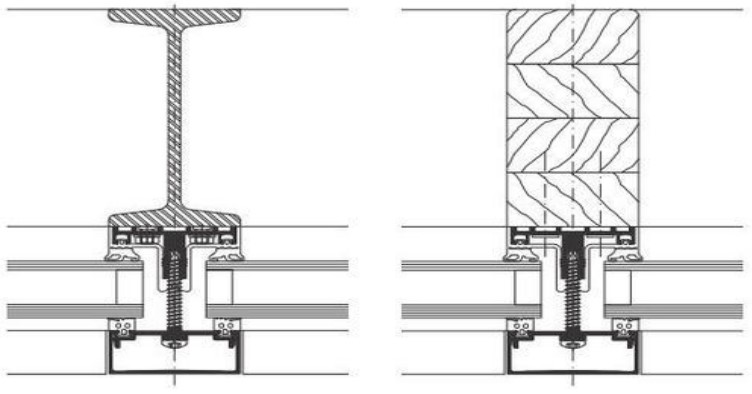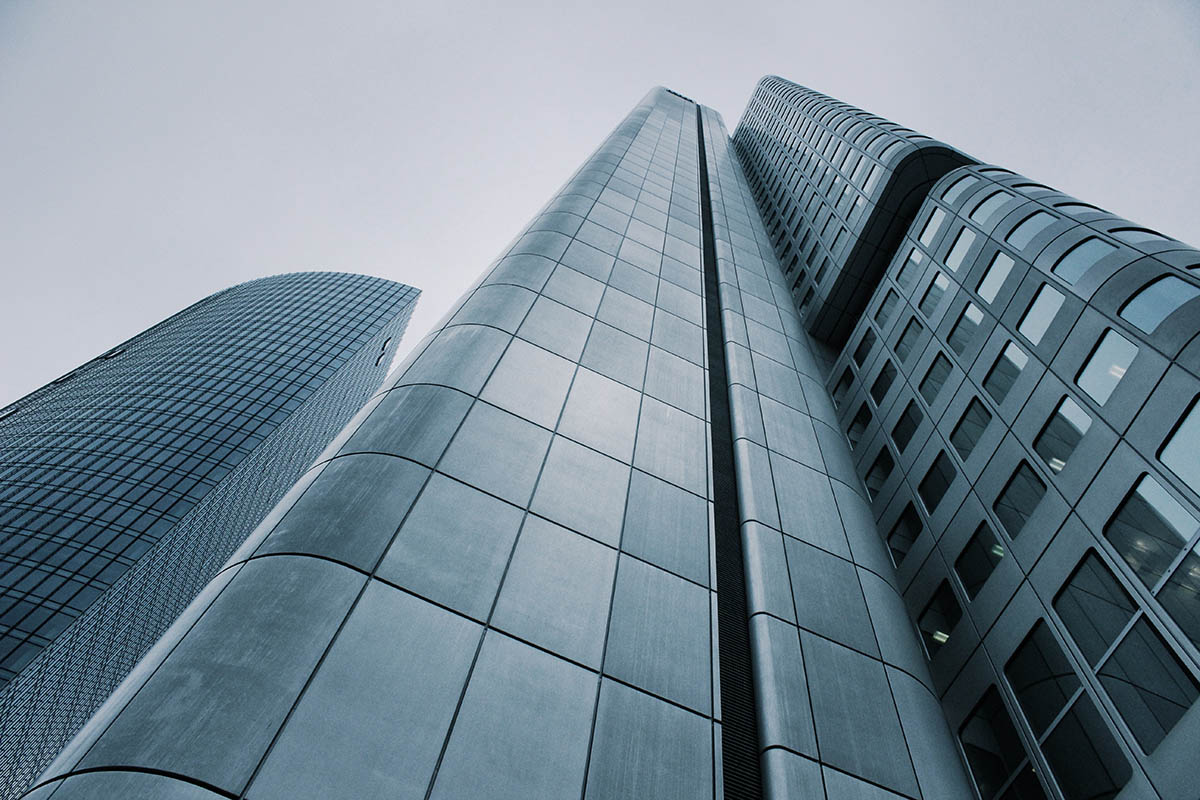Curtain Wall Provides Apposite Appeal For High-Rise Buildings
As the man begins to construct big cities that could support heightened commercial activity, the space has become a problem. This has led to more and more floors in building structures. Thus, skyscapes are born. This has made Metropolises today’s symbol of commercial activity.
While the high-rise buildings are the core of metropolises. These buildings contain as far as hundreds of stories. This in turn has led to the better and better physical appeal. Therefore, the idea of the curtain wall is born.
What Is A Curtain Wall?
Exteriors and interiors are an important part of the building we construct and the building we reside in. Getting through with them includes a number of things. During industrialization, contractors and builders start using glass for the façade, and thus the idea of the curtain wall is born.
The curtain wall is about installing giant glasses having the size of floor height. These glasses are bound in steel frames or aluminum extrusions. These giant glasses make way for the façade of high-rise buildings. They normally cover from around the third or the fourth floor and reaching till the top floor.
But in certain cases, whole facades are covered with them. Contractors have curtain wall detailing for building such a wall for any given project.
Why It Is Only Used In High Rise Buildings?
They are the right fit for the high-rise buildings for many reasons. These reasons include a hefty range of concerns for both installation and the end result. These reasons roughly include:
The curtain wall is pre-fabricated and assembled in the factory. Later, the assembled segments are just installed on the required façade positions. This is carried through heavy machinery. Using machinery for one or story high building seems illogical. Further, using such machinery in places such as residential areas also holds more danger than benefit.
They provide a clear and uninterrupted view of the outside world. Small-rise structures do not apply for such a luxury. The view outside at the low levels is not so good looking and thus that view better be left out. While high-rise building provides a pleasing look outside, making it best for the facade.
As glass provides a sense of luxury, it also provides a breach into the privacy of the residents. Small-rise buildings are often used for residential purposes while high-rise for commercial purposes. This way, the high-rise building feels more appropriate for the curtain wall facade.
Although installing glass is more economical than the traditional wall, it is still high maintenance. Managing this can be a troublesome task for the inhabitants of the small-rise structures. This happens as normally inhabitants of small-rise structures are not so well off.
Who Install These Glasses?
Glass is a delicate material. It can break easily and thus require proper handling. Further, it includes concerns such as the perfect appeal and proper installation. That is why the concerning experts are consulted. Curtain wall installers are the concern experts.
Glasses with floor heights are assembled in steel frames or aluminum extrusions and then shipped to the construction site. At the site, these installers supervise the process and the assembled glasses are then placed at the right spots.
It’s Concerning Components
The curtain wall is part of the façade. Thus, it contains all the concerning components with the exception of finishing concerns. Its concerning components include lights, insulation, air filtration, sunlight deflection, strength, and others.
In other words, although curtain wall is just about installation, it involves certain construction systems such as MEP systems. For which MEP shop drawings provide the required assistance. This way the façade is complete and fully functional.
Conclusion
The curtain wall is today’s practice concerning façade construction. This is mainly practiced with high-rise buildings due to various reasons. This includes all the concerning components except the finishing.




















